Waterproof Vinyl Flooring: Your Guide to SPC and WPC
By Kayla Haas
| Fact Checked By: Ashley De Zeeuw
Published: February 11, 2018 | Updated: July 14, 2021
Waterproof vinyl flooring is the latest in luxury vinyl and one of the most durable flooring options around. Lots of people are upgrading their homes with waterproof flooring for its convenience and easy maintenance. If you want to get in on the trend, then you’re in the right place!
In this guide to waterproof vinyl, you’ll learn what makes this flooring waterproof, discover the different types and styles, and even learn how to install and clean it.
Let’s get started!
| Related Content >> What is WPC Vinyl? Become an Expert |
What is Waterproof Vinyl Flooring?
Waterproof vinyl flooring is luxury engineered vinyl that is 100% waterproof. Designed with a waterproof, durable core, this vinyl flooring is the highest quality vinyl flooring out there
Waterproof vinyl flooring comes in two forms with different compositions: WPC or SPC. WPC stands for wood-plastic composite and is made from a mixture of plastic and wood flour. SPC is a stone plastic composite, and it’s composed of plastic and – you guessed it – stone!
WPC has been around for a few years, but SPC is pretty new to the flooring scene. Both options are completely waterproof, thanks to the layered design.
Layers of Waterproof Vinyl Flooring
This flooring typically has four layers of construction: a backing, the core, the luxury vinyl top layer, and the wear layer.
The Wear Layer
The wear layer protects your floor from scuffs, wear, and tear. The thicker the wear layer, the more traffic your floor can handle.
When you look at vinyl flooring, it’s more important to look at wear layer thickness rather than plank thickness. The thicker the wear layer (or, the higher the mil number), the more resistance to wear and tear.
Wear Layer Ratings:
- 6 mil (Good): Residential use.
- 12 mil (Better): Residential – light commercial.
- 20 mil+ (Best): Commercially rated. High traffic environments.
The Printed Vinyl Layer
This is where you get your gorgeous photo imagery that makes the vinyl look nearly identical to natural materials like stone and wood. Often, waterproof vinyl flooring is the highest quality vinyl on the market. This means you get the most realistic looks that people will swear are real wood/stone!
The Waterproof Core
This is the most important layer! The waterproof core layer is high density and won’t swell or contract no matter what liquid it’s exposed to. There are two options for the core:
- WPC: WPC vinyl cores are thick, resilient, and dense. These cores are manufactured with a foaming agent to give WPC flooring a softer feel underfoot.
- SPC: SPC vinyl cores are thin, rigid, and even denser than WPC cores (they’re made of stone, after all). This flooring doesn’t provide as much “give” as WPC.
The Backing Layer
Many waterproof vinyl flooring options feature a backing layer or an attached underlayment in cork or foam. This serves two purposes: first, you won’t have to buy additional underlayment, and second, it provides softness and sound absorption to your floor.
Types of Waterproof Vinyl Flooring
There are two types of waterproof vinyl: wood-plastic composite vinyl planks (WPC) and stone-plastic composite vinyl planks (SPC). Initially, they might both look the same. However, they’re made with different core materials, and one option might suit you better than the other.
WPC Vinyl Flooring
Waterproof vinyl flooring (also known as WPC vinyl flooring) is 100% waterproof. Its waterproof core is made from a mixture of wood and plastic.
This core is durable, yet resilient enough to provide a bit of give underfoot, making it perfect for busy homes.
You can install WPC vinyl almost anywhere. It’s typically thick enough to cover imperfect subfloors and you can use it in basements, kitchens, living rooms, and more.
SPC Vinyl Flooring
Rigid core vinyl (also known as SPC vinyl flooring) is also 100% waterproof. It features a stone-plastic composite core that is super dense and practically indestructible.
Because rigid core vinyl is so tough, it’s perfect for high-traffic areas and commercial buildings. Just make sure to choose a commercially rated wear layer. Then it’s ready to handle commercial areas. The ultra-dense core is not likely to dent under heavy furniture. However, it doesn’t provide as much warmth or softness as WPC.
Styles of Waterproof Vinyl
Now it’s time for the fun stuff: looks and style! This is an important factor when it comes to choosing which floor you want.
Waterproof Vinyl Options
Waterproof vinyl flooring is available in luxury vinyl planks (LVP), luxury vinyl tiles (LVT), and vinyl sheets. Discover the best option for your use and style.
- Waterproof vinyl plank flooring: Vinyl planks are the most popular type of waterproof vinyl out there. If you’re looking for something that mimics hardwood floors perfectly, you’re probably looking for engineered vinyl plank flooring.
- Waterproof vinyl tile flooring: Luxury vinyl tile is most common in kitchens and bathrooms. Most tile options are made to mimic stone, but you can find a few wood looks as well.
- Sheet vinyl flooring: Vinyl sheets offer a seamless look at an affordable price point. With vinyl roll flooring, you can choose from wood, stone, and a variety of decorative looks.
Vinyl Flooring Looks
Wood and stone looks are classic styles for vinyl. Decorative vinyl flooring is also making a big splash in the interior design world.
- Wood-look vinyl flooring: Get the look of real hardwood flooring, without having to deal with the price or maintenance. Wood-look vinyl most often comes in planks.
- Stone-look vinyl flooring: This style is especially popular in bathrooms and kitchens. Concrete, travertine, and slate are very popular when it comes to stone-look vinyl. You’ll mostly find these looks in tile form.
- Decorative vinyl flooring: Choose from geometric patterns, metallic accents, stain glass looks, and so much more.
| Related Content >> Waterproof Flooring: WPC Red Wine Challenge |
How to Install Waterproof Flooring
You can install all of our waterproof vinyl flooring using an interlocking method. No glue, nails, or any adhesives needed. It’s that easy.
Just follow these steps to install waterproof vinyl planks:
- Lay the first plank with the tongue side facing the wall.
- After the initial starter board, press the end seam of the second plank into the end seam of the first plank and then lock them together by laying the plank down. Continue working left to right.
- You should stagger your planks by using whatever is cut from the end of the first row as the start of your next row – as long as it’s at least 6” long. Install the first plank in the second row by inserting the tongue into the groove of the plank in the first row. This is best done with a low angle of the plank.
- Insert the long side seam at a slight angle first. As the top surfaces meet, rotate the plank down into the locked position. Engage the end seam, using a rubber mallet if necessary.
- Continue installing planks removing any gaps using a tapping block and a scrap of flooring to cover the tapping block. Ensure you don’t damage the tongue and groove.
- Protect all exposed edges by installing wall molding and/or transition strips. Make not to secure the planks to the subfloor in any way.
| Related Content >> How to Install Vinyl Flooring |
How to Clean Waterproof Vinyl Flooring
Vinyl planks are easy to keep clean and maintain. Maintenance typically includes:
- Vacuum daily or weekly to remove dirt, grit, and dust.
- When mopping, use a damp mop – never a wet mop.
- Clean up spills immediately to prevent damage to the floor.
Here are some other tips to keep your floor looking its best:
- Use felt pads under chairs and furniture legs to prevent scratching of the flooring surface.
- Place doormats at all entrances to prevent tracked-in dirt, rocks, moisture, and other debris.
- Avoid using rubber-backed mats as they can stain the flooring surface over time.
| Related Content >> How to Clean Vinyl Flooring |
FAQs
Still have questions? Don’t worry! We have the answers you need.
Do I need to buy an underlay for waterproof vinyl?
Most waterproof vinyl floors have a backing already attached, so you don’t need to buy underlay. However, if your flooring doesn’t come with preattached underlayment, you should purchase it. Underlayment provides thermal insulation, covers minor subfloor imperfections, and increases the lifetime of your floor.
How do I clean waterproof vinyl flooring?
To keep vinyl flooring clean, use a damp mop and a pH-balanced cleanser. When vacuuming, make sure to remove or turn off the beater bar to prevent accidental scratching.
Can waterproof vinyl flooring be scratched by pets?
If you have a pet, the thicker the wear layer the better. Over time, scratches may occur. We recommend keeping nails trimmed as needed.
Where can you install waterproof vinyl flooring?
It can be installed anywhere inside the home. Waterproof vinyl has been used in kitchens, bathrooms, basements, and anywhere else in the home.
| Related Content >> The Best Waterproof Flooring Options |
Conclusion
There you have it! Now you know all the essential facts about waterproof vinyl flooring, and you know how it can transform your home with durable, low-maintenance style.
With all the knowledge from this guide, you can shop smart. Ready to get started?



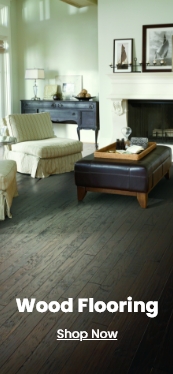
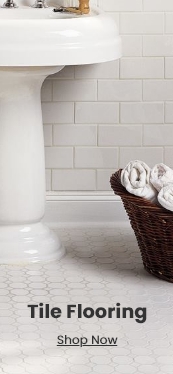









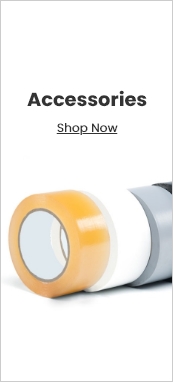


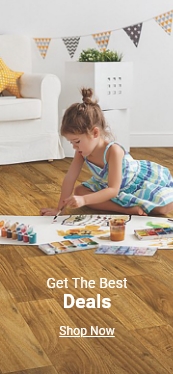

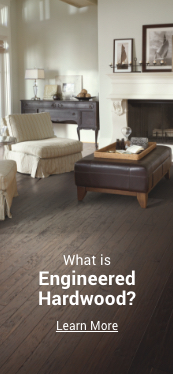

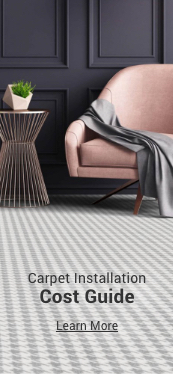
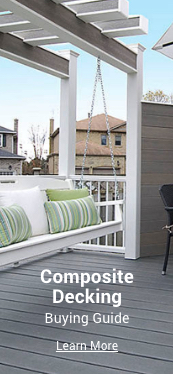


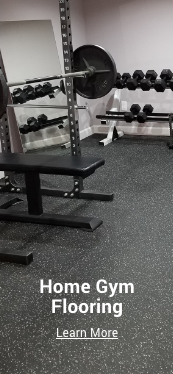










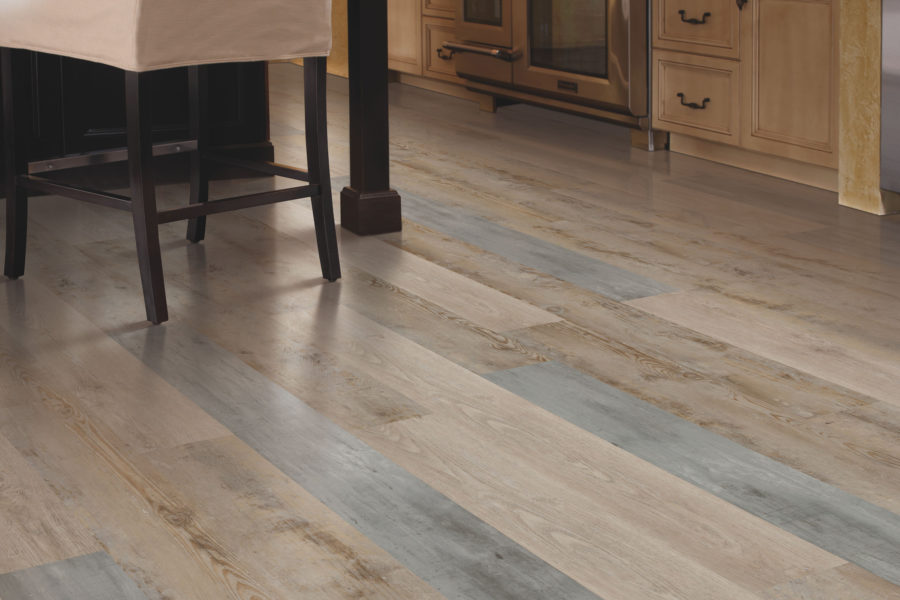
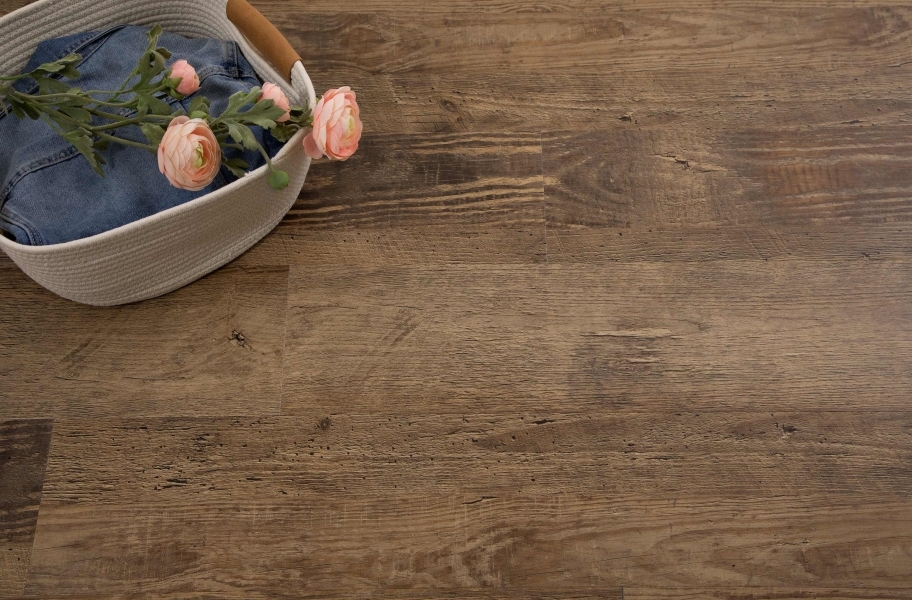





Pingback: Vinyl Tile Flooring Buying Guide - FlooringInc Blog
I really appreciate your awesome post about waterproof vinyl buying guide! For the last 2 weeks, I’ve been helping my sister who’s renovating their bathroom. She’s asking me if it would be a cool decision to go on waterproof vinyl flooring, so I forwarded this link to her. She thanked me for that so let me thank you as well!
Hi Joy,
Glad to hear it! If she needs any more help, we’d be happy to send her over some more information or free product samples.
It’s good to know that there is such thing as a vinyl waterproof flooring and that it comprises a four-layer construction to ensure its durability and maintain its waterproof abilities. This sure is perfect timing because my husband and I have been worried about our kids slipping on the floor because they keep running around the house from our outdoor pool. I’ll share this information with him to possibly change our flooring to this fashionable and slip-free design.